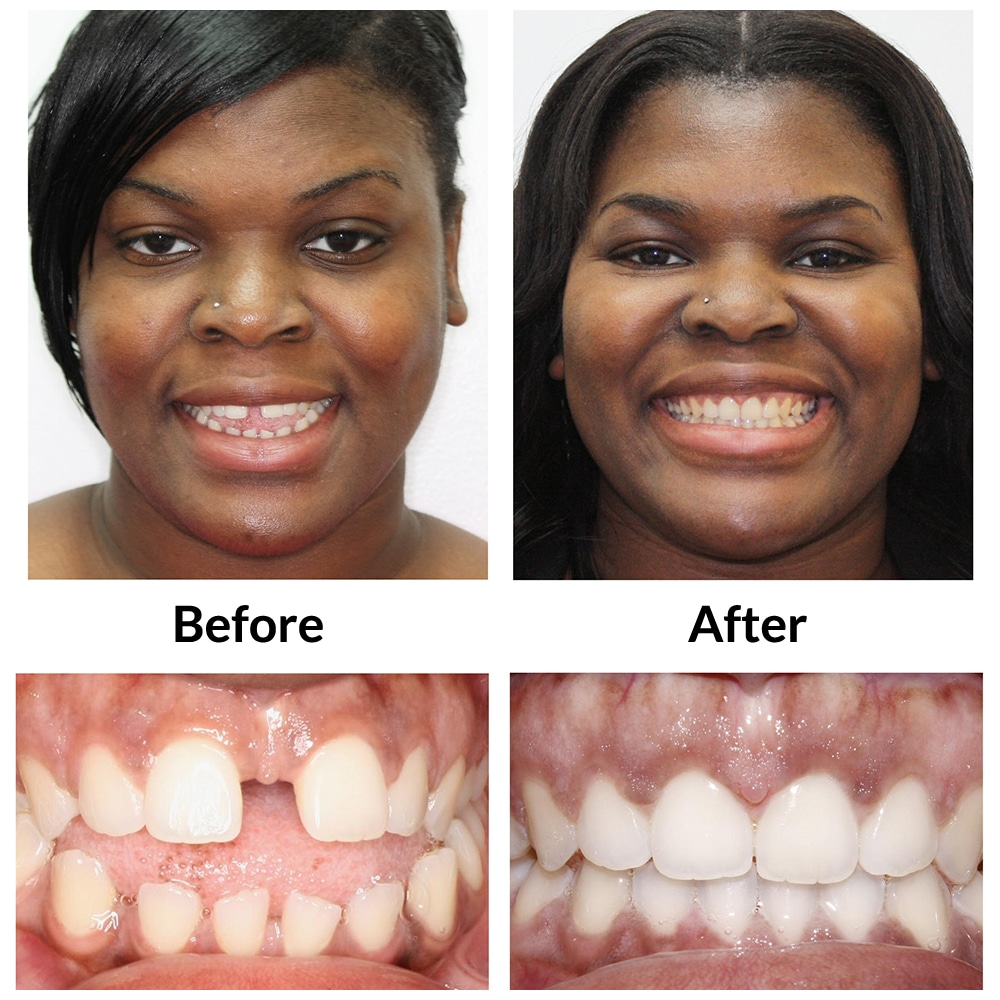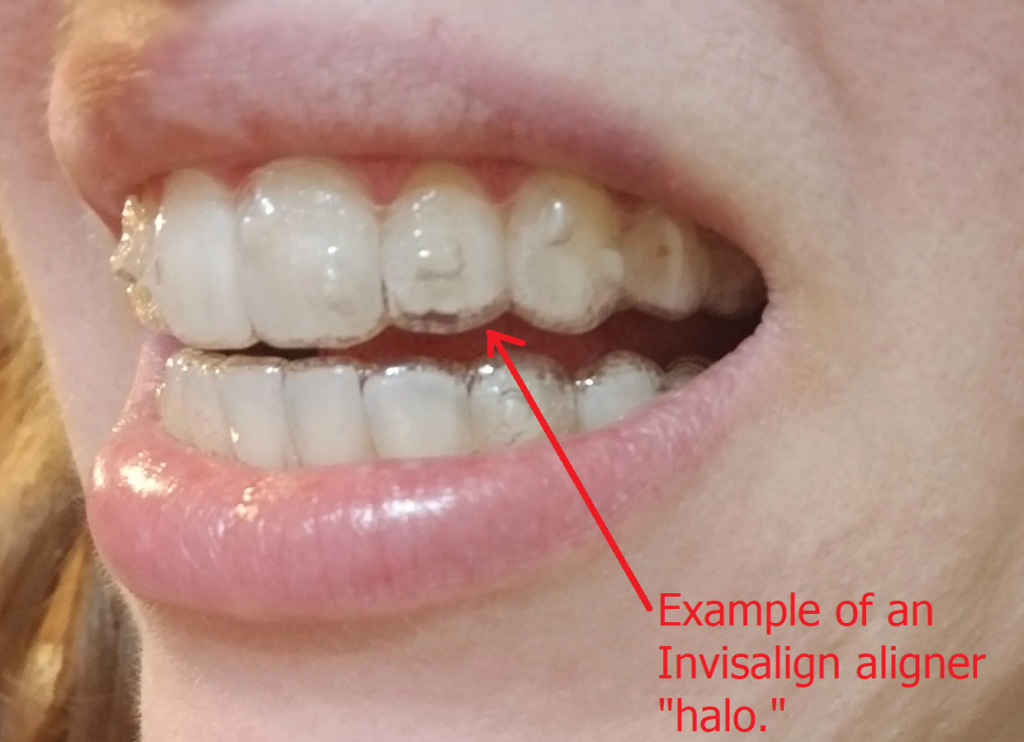Invisalign vs. Standard Braces: Which Alternative Is Right for You?
When taking into consideration orthodontic treatment, the option between Invisalign and standard braces provides a number of vital aspects that warrant careful assessment. Invisalign provides a discreet alternative with detachable aligners, while standard dental braces give an extra visible yet efficient option for severe misalignment.
Overview of Treatment Choices

On the other hand, standard braces are composed of metal braces and wires that are adhered to the teeth. This technique uses constant stress in time to achieve placement. While reliable for intricate orthodontic concerns, conventional dental braces call for regular brows through for changes and can position challenges in maintaining dental health because of the trouble of cleaning up about brackets and cables.
Both options have their qualities, and the selection usually rests on specific oral problems, way of life preferences, and patient conformity. Inevitably, seeking advice from an orthodontic specialist is crucial for determining one of the most appropriate therapy plan customized to private needs. Recognizing the nuances of each option can significantly affect the total success of orthodontic therapy.
Aesthetic Considerations
A substantial factor affecting the option between Invisalign and conventional braces is the visual allure each treatment offers. Invisalign aligners are crafted from clear plastic, making them basically unnoticeable when worn. This discreet look is particularly appealing to grownups and teenagers who may feel self-conscious concerning their orthodontic therapy. The ability to maintain a natural smile throughout the placement process can dramatically improve the individual's confidence in specialist and social setups.
On the other hand, typical dental braces are composed of steel braces and cables, which can be extra noticeable. While developments in orthodontic innovation have actually led to the development of smaller braces and colored elastics, typical dental braces still keep a more noticeable profile. For some people, the visibility of dental braces might hinder them from looking for essential therapy.
Ultimately, the selection between Invisalign and conventional dental braces may pivot on personal choices relating to appearances. People who focus on discernment usually lean toward Invisalign, while those who are less concerned regarding visibility may select typical braces. Comprehending the visual implications of each option is critical for making an informed decision that lines up with one's way of living and choices.
Comfort and Convenience

In terms of convenience, Invisalign aligners are detachable, allowing clients to enjoy their favored foods without constraint and preserve optimal dental hygiene. Brushing and flossing are simplified, as the aligners can be obtained during these original site routines, whereas typical braces require mindful navigating around brackets and cords.
In addition, Invisalign's modern system enables fewer orthodontic gos to. People normally receive numerous sets of aligners at the same time, which can enhance the treatment procedure and lower time invested in the orthodontist's chair. On the other hand, typical braces demand routine changes, making them less hassle-free for those with hectic timetables. Invisalign. In general, the convenience and benefit of Invisalign make it an enticing choice for several individuals looking for orthodontic therapy.
Treatment Duration and Efficiency
While both Invisalign and typical braces work in dealing with dental misalignments, the duration of therapy can differ significantly between both choices. Typically, Invisalign treatment can take anywhere from 12 to 18 months, depending upon the intricacy of the instance. The clear aligners function by gradually shifting teeth into their preferred placements, and normal follow-ups with an orthodontist aid ensure progression continues to be on track.
In contrast, conventional braces commonly call for a longer dedication, generally varying from 18 months to 3 years. This results from their fixed nature and using brackets and wires, which can be more effective for severe misalignments and intricate instances (Invisalign). The therapy efficiency of standard braces is well-documented, as they permit accurate adjustments and greater control over tooth movement
Inevitably, the selection in between Invisalign and standard braces may depend upon both the awaited therapy duration and the particular dental issues handy. Consulting with an orthodontist is critical, as they can provide customized suggestions based on private needs, guaranteeing the chosen approach lines up with preferred outcomes and durations.
Price Contrast and Insurance Coverage Options
Price plays a considerable function in the decision-making procedure for people thinking about orthodontic treatment, whether choosing Invisalign or conventional braces. On standard, the cost of Invisalign arrays from $3,000 to $8,000, while standard dental braces usually set you back in between $2,000 and $6,000. Factors influencing these expenses include the intricacy of the case, the period of treatment, and geographical area.
Insurance insurance coverage can substantially impact out-of-pocket expenditures. Numerous oral insurance strategies provide partial insurance coverage for orthodontic treatments, however the specifics can vary commonly. It is crucial for individuals to review their insurance coverage plans to identify the level of coverage for either choice. Usually, conventional dental braces might be much more regularly covered by insurance plans contrasted to Invisalign, which some insurers categorize as an aesthetic treatment.
In addition, numerous orthodontic practices offer versatile continue reading this repayment strategies, making both therapy alternatives extra accessible. Patients should ask about prospective financing choices and discount rates Website for in advance repayments. Examining the overall expense, including insurance coverage benefits and repayment plans, is vital for making a notified decision that aligns with both visual choices and spending plan factors to consider.

Final Thought
In recap, the option between Invisalign and conventional braces pivots on numerous variables, consisting of visual preferences, comfort, therapy period, and expense. Invisalign uses a discreet, removable alternative that promotes dental hygiene and dietary adaptability, while typical dental braces may be preferable for intricate oral problems and typically come at a reduced rate point. Eventually, examination with an orthodontist is important to analyze individual circumstances and establish one of the most appropriate therapy option for achieving ideal oral positioning.
When thinking about orthodontic treatment, the option between Invisalign and typical braces provides a number of important variables that warrant cautious evaluation.Comparing Invisalign and conventional dental braces discloses distinct treatment alternatives for orthodontic correction.While both Invisalign and traditional dental braces are effective in correcting oral imbalances, the period of therapy can vary significantly between the two choices.Price plays a considerable role in the decision-making procedure for people considering orthodontic treatment, whether choosing for Invisalign or traditional braces.In recap, the choice between Invisalign and standard braces hinges on several factors, including visual choices, comfort, treatment duration, and price.